History of Little India

This meticulously regimented network was among the earliest parts of George Town planned under the administration of Sir Francis Light, the English founder of Penang. The area is hence now referred to as the "Francis Light Grid" – a rectangular network bordered by Leith Street, Beach Street, Chulia Street and Pitt Street (now Jalan Masjid Kapitan Keling).
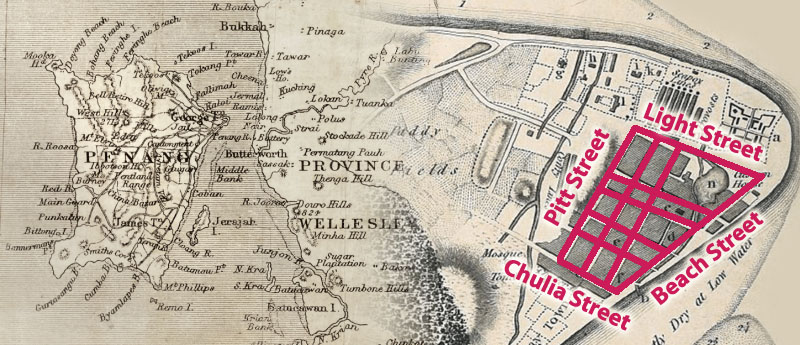
Streets within the grid were pertinently named to reflect the period during which they were built. Names such as Market Street, King Street, Queen Street and Penang Street – all now from the heart of Little India – are still used today.
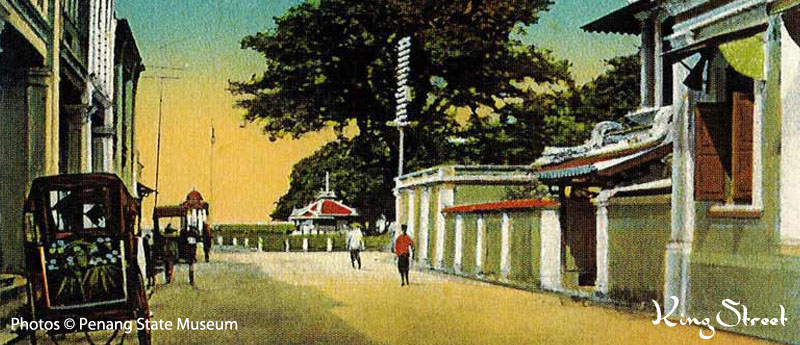
Heritage researcher and author Khoo Salma Nasution notes that Muslim sailors and stevedores from south India lived along with parts of King Street which the Tamils call "Padavukara Tharuva" or "the Street of Boatmen".
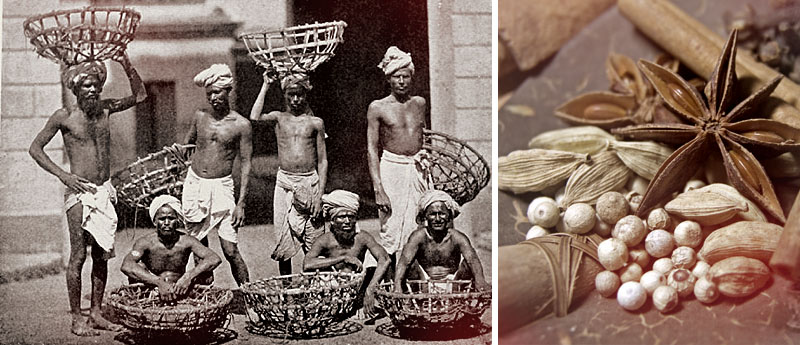
Market Street, which now forms the heart of the Indian enclave, was called "Kadai Teru" or "Street of Shops". The British called it "Chola Place" or "Little Madras". Several other Indian communities, mainly merchants and traders, also arrived in large numbers over the years. These included the Gujaratis, Punjabis, Malayalees and Telugus.
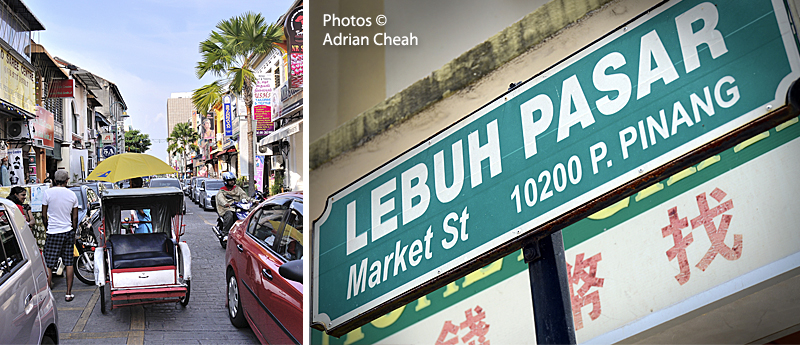
Many of these were traders who set up their businesses within the grid, contributing to the area's throbbing cultural milieu. It was in fact very common until only a few years ago, for folks to live on the top floor of their shophouses while operating their businesses on the ground floor.
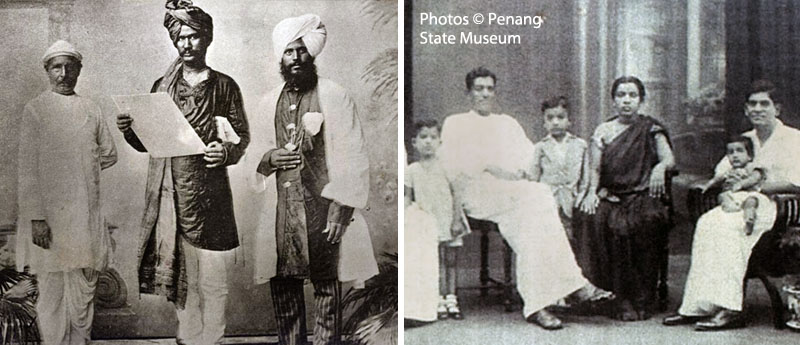
According to Khoo, who is also Penang Heritage Trust secretary, George Town was a popular stop for Indians on their way to work in Kuala Lumpur and the rubber plantations in other parts of the peninsula. Many however stayed on, contributing to the gradual establishment of a large Indian community here.
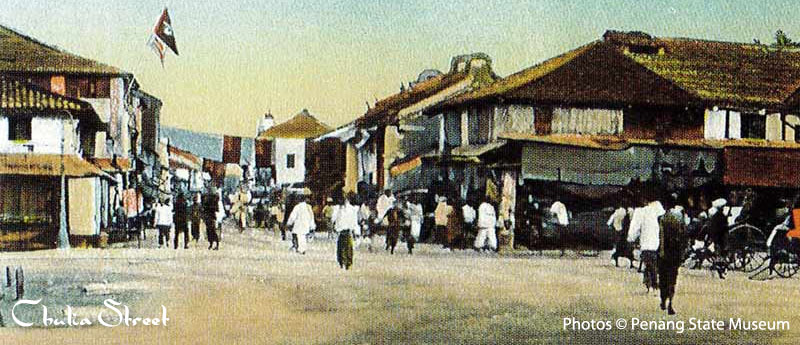
The early part of this century saw two major Indian village settlements sprouting up at Chulia Street, across the King Street junction. Veteran Tamil writer Anthony Muthu, 70, remembers the childhood days he spent at the two neighbouring villages of Kampung Yelai or "Village of Leaves" and Kampung Poyelai or "Village of Tobacco".
"During the 30s, Tamil stage dramas were regularly performed at an open area next to the villages, attracting large crowds," says Muthu, who also fondly remembers electric trams and passenger rickshaws, more popularly then known as the jin-rickshaw, towed by Chinese runners with towels on their shoulders.
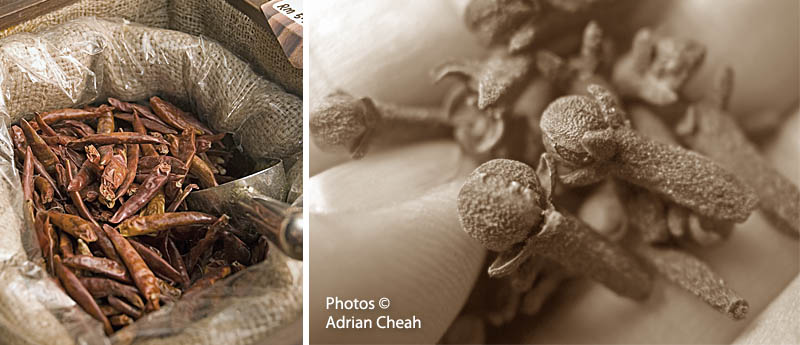
The largest influx of Indians and their myriad trades occurred during the early part of the twentieth century. The area then briefly underwent a slight change during the Japanese occupation of the Second World War, when economic activities lulled a bit. The Japanese presence was very much felt in Little India. A few Japanese-owned shops were set up in China Street and King Street. The shops were novelties then. Elderly residents today still remember Japanese shopkeepers displaying dozens of small boxes filled with toys that were sold for between a quarter cent and one cent.
A gradual incursion of modern trades, albeit run by Indians, slowly seeped into the area during the next few decades, but many of the traditional enterprises remained. Spice and onion traders also featured prominently during the 40s and 50s. The streets used to be lined with rows and rows of betel nuts and spices laid out to dry in the sun.
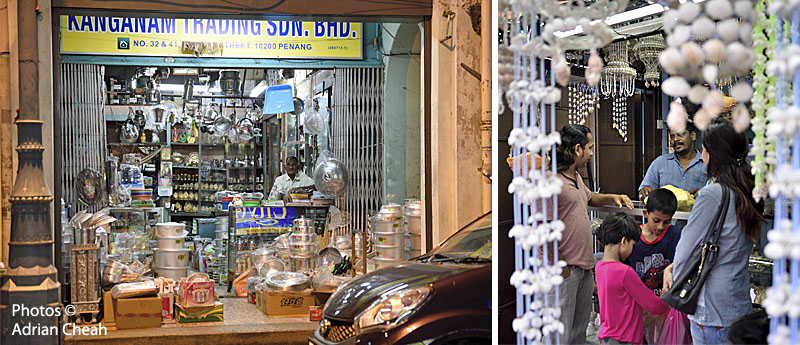
As development set in on the island, many traders moved on to deal in other commodities while their offspring turned to other professions.
But perhaps the most pivotal sign – in true Penang style – that the area needed to reckon with the country's rapid development came sometime in the late 70s – the narrow streets of Little India were all turned one-way.
---------------------------------------------------------
Written by Himanshu Bhatt, 1 October 2000
Photographed by Adrian Cheah, updated 16 October 2021
© All rights reserved